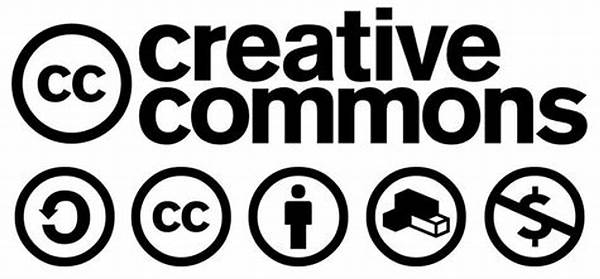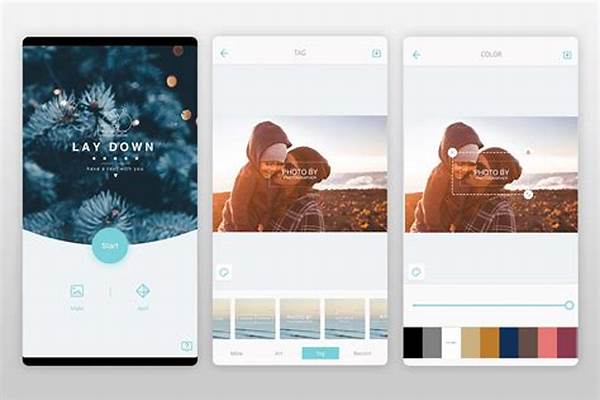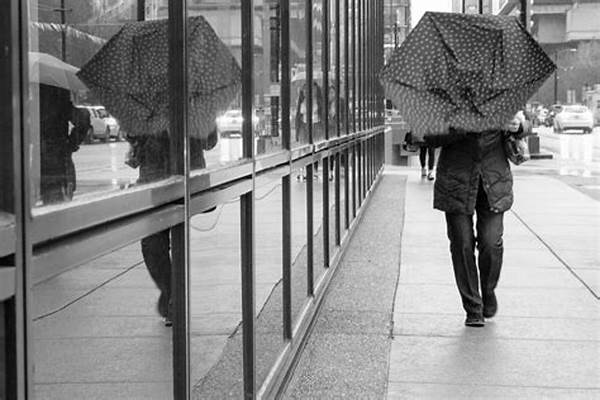Hey there, art lovers and photography enthusiasts! Today, we’re diving into the fascinating world of visual arts and how photography has made quite the splash. It’s like peanut butter meeting jelly; individually fantastic but together, absolutely iconic. Now, let’s explore the nuances of this dynamic interaction!
Read Now : Free Digital Watermarking Programs
Photography: The Game Changer for Visual Arts
Photography, since its inception, has revolutionized the visual arts, providing artists with a new tool to capture reality and imagination. It’s not just about pressing a button; it’s about how it shapes our perception of art. By making art more accessible, photography has democratized the art world like never before. For instance, painters now have photographs as references to capture intricate details, speeding up their creative process and providing a new way to explore realism. The impact of photography on visual arts is also evident in how it has challenged traditional art forms, pushing them into exploring abstract ideas and concepts. It has blurred the boundaries between reality and art, encouraging artists to reimagine their approaches and connect with audiences uniquely.
Moving on, photography has influenced contemporary art’s narrative, allowing for storytelling through still images. Artists can now freeze moments, emotions, and stories in time, presenting them in ways that resonate deeply with viewers. Thanks to photography, the visual arts genre has expanded beyond the canvas, embracing multimedia and digital expressions. The impact of photography on visual arts is seen in how we interpret, consume, and engage with art daily. It’s a fantastic recipe for endless creativity, innovation, and storytelling!
Quick Hits: Photography’s Influence on Art
1. Revolutionizing Realism: The impact of photography on visual arts has enhanced art’s realism by providing accurate references for intricate details.
2. Democratizing Art: Photography has made art more accessible, erasing barriers for aspiring artists by allowing them to experiment and share easily.
3. Challenging Traditions: Traditional art forms have been pushed to think beyond constraints, fostering innovation.
4. Fostering Storytelling: With one photograph, artists can narrate complex stories and emotions, making art more engaging.
5. Enhancing Multimedia Art: The blend of photography with other art forms like digital arts expands the scope of creativity and audience engagement.
Photography’s Role in Shaping Modern Art
Photography’s impact on visual arts is undeniable when it comes to shaping modern artistic expressions. From surrealism to abstract expressionism, photography has provided a platform for endless experimentation. Artists now have the liberty to manipulate photographs, overlaying them with different mediums to create stunning pieces. With the technological advancements, photography has also become a playground for digital artists to explore virtual and augmented realities, transforming how we perceive art today.
Moreover, photography serves as an inspiration and a challenge to traditional artists to up their game. In arenas like fashion, architecture, and even street art, photography documents evolution and catalyzes new trends and styles. The impact of photography on visual arts extends to educating the audience, as exhibitions and museums incorporate photographic works to illustrate historical and cultural contexts. It’s a driving force for artistic reinvention and audience engagement in ways never imagined before!
Photography and Visual Arts Interaction
1. Inspiring New Genres: The impact of photography on visual arts has led to new artistic genres like photorealism and digital art.
2. Multidimensional Exploration: Artists blend photography with painting and sculpture to engage viewers in a multidimensional experience.
3. Technological Integration: Innovations such as VR and AR in photography have redefined interactions with visual narratives.
4. Immortalizing Moments: Photography captures transient aspects of life, enriching artistic discussions and perspectives.
5. Reflecting Society: It acts as a mirror reflecting societal changes and influencing art movements accordingly.
Read Now : Online Photo Album Creation
6. Challenging Perceptions: Photography challenges perceptions of beauty and perspective in art by presenting the raw and real.
7. Facilitating Artistic Dialogues: It sparks conversations between different art forms, creating a rich, symbiotic relationship.
8. Global Reach: The global nature of photography helps visual arts break geographical and cultural barriers.
9. Encouraging Diversity: Photography encourages diverse, inclusive narratives by highlighting untold stories and perspectives.
10. Endless Possibilities: With endless possibilities for exploration, photography continues to expand the horizons of visual arts.
Photography’s Influence on Art Education
Photography’s influence extends to art education, where it’s become an invaluable tool in teaching new generations about creativity, storytelling, and perspective. Students explore photography’s technical and artistic aspects, gaining skills that transcend traditional art mediums. The impact of photography on visual arts education is substantial, with curricula incorporating photographic studies alongside painting, drawing, and digital art.
Art educators utilize photography to teach students about light, composition, and the importance of perspective. Moreover, by studying famous photographic works, students develop an appreciation for the cultural and historical significance of visual arts. Schools and colleges are embracing photographic exhibitions and collaborative projects, encouraging students to view the world through an artistic lens. The impact of photography on visual arts within education opens doors for creative opportunities, nurturing future artists to innovate and express themselves.
Art and Photography: A Modern Fusion
Ayo, let’s talk about that crazy good fusion of photography and art! You know how photography has this rad impact on visual arts, right? It’s like blending smoothies, mixing flavors to get something deliciously cool. Seriously, this combo is fire! Whether it’s digital edits or photorealistic paintings, the magic they create is off the charts.
The whole blend of photography and visual arts levels up the creative game, bringing a fresh vibe to traditional art forms. Artists vibe on this because it lets them stretch boundaries, mix styles, and create some dope narratives. And honestly, who doesn’t love art that speaks volumes without saying a word? This fusion brings storytelling to a whole new level, making it more relatable, more now. The impact of photography on visual arts? Pure genius blended with a touch of innovation, baby!
Wrapping Up: Photography’s Artistic Footprint
In a nutshell, the impact of photography on visual arts is transformative. From influencing how art is created to how it’s perceived, photography has left its artistic footprint prominently etched in every art corner. It merges the lines between different forms, creating synergy that challenges, inspires, and drives the art world forward.
It’s fascinating to witness how photography complements and competes with various art styles, sparking creativity and innovation. As we adapt to an ever-evolving artistic landscape, photography’s role remains pivotal in shaping what’s next for visual arts. For artists and audiences alike, it offers an expansive view of possibilities and narratives that continue to evolve, making it an integral part of our colorful artistic journey.



